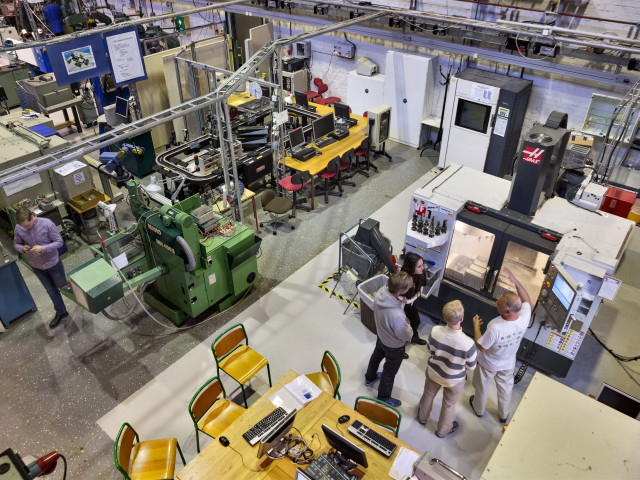Bakgrund, utveckling och koppling mellan ergonomi, MTO och patientsäkerhet
Människans kognitiva och fysiska förutsättningar, både på individnivå och i arbetssammanhang
Systemperspektiv och sociotekniska system
Risker i sjukvården och vårdskadornas konsekvenser
Metoder och verktyg för analys, utformning och utvärdering av arbeten, arbetsplatser och produkter
MTO-begrepp och termer
Metoder för analys av risker ur ett MTO-perspektiv
Patientsäkerhetsbegrepp och termer
Åtgärder för ökad säkerhet i sjukvårdssystemen
De studerande skall efter genomgången kurs vara orienterade om den faktakunskap som finns kring människans fysiska och kognitiva förutsättningar i interaktion med sjukvårdssystemet. Syftet är att i större utsträckning inkludera MTO-aspekter i utformning, utveckling och utvärdering av medicintekniska produkter.
De ska ha insikt om principerna i systemsäkerhet och de faktorer som bidrar till missöden och vårdskador. De studerande ska kunna urskilja inverkan av medicinsk teknik på arbetsmiljö och patientsäkerhet, och ge exempel på hur medicintekniska ingenjörer kan bidra till en positiv säkerhetsutveckling. Liksom hur organisation och arbetsmiljö påverkar patientsäkerheten.
